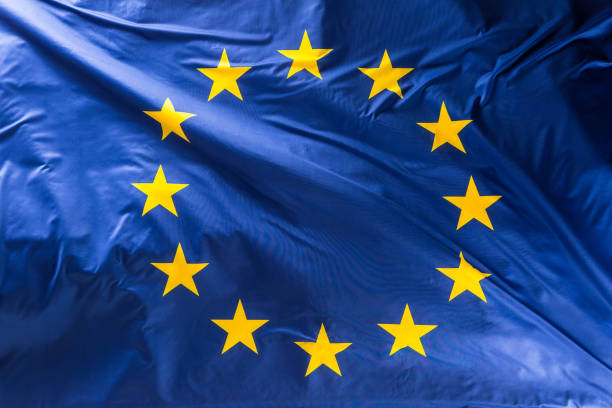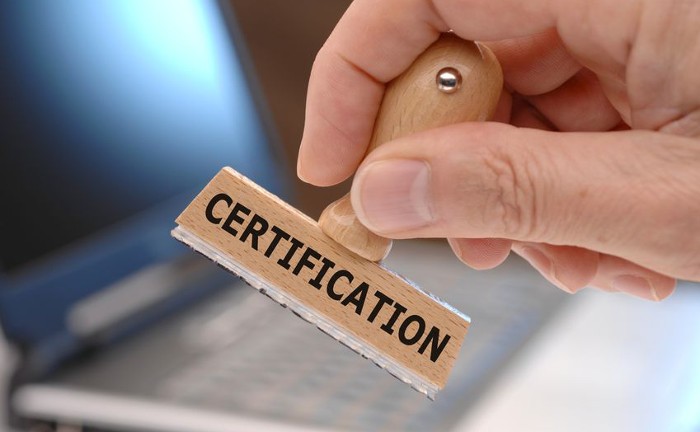This article highlights what CE marking is, how to obtain it, and the steps to follow to comply with EU regulations.

Table of Contents
Medical devices manufacturers willing to market products in the European Union (EU), must comply with the regulations established by the European Union Medical Device Regulation (MDR).
One of the essential requirements for selling medical devices in the EU is obtaining the CE marking.
What is CE marking?
CE marking is a mandatory conformity mark that must be affixed to certain products sold in the EU.
It is a legal requirement for products that fall under the scope of one or more EU directives, including the Medical Devices Directive (MDD), the In Vitro Diagnostic Medical Devices Directive (IVDD), and the new EU Medical Device Regulation (MDR).
It indicates that the product complies with the safety requirements and has undergone conformity assessment procedures, which include a series of tests, evaluations, and documentation.
How can manufacturers obtain a CE mark for their medical devices?
Here are the Steps to Follow for CE Marking of Medical Devices in the EU:-
- Determine the Classification of your Medical Device:
EU MDR classifies medical devices into four categories: Class I, Class IIa, Class IIb, and Class III, based on intended use, duration of use, and invasiveness.
The manufacturer must determine the classification of their device before beginning the conformity assessment process. - Identify the Relevant Conformity Assessment Route
The conformity assessment route depends on device classification including self-certification, conformity assessment by a notified body, or conformity assessment by a competent authority are some of the routes. - Prepare Technical Documentation
Technical documentation should include the design and manufacturing information, risk assessment, and clinical data. - Designate a European Authorized Representative
A non-EU manufacturer, must designate a European Authorized Representative (EAR) to act on their behalf.
The EAR must be based in the EU and have the necessary qualifications and expertise to fulfill their responsibilities. - Conduct conformity assessment
Conduct the required conformity assessment procedures, including testing, evaluation, and verification of the technical documentation.
The CE marking shall be subject to the general principles set out in Article 30 of Regulation (EC) No 765/2008 - Affix CE marking
Once the medical device has passed the conformity assessment procedures, the CE marking can be affixed to the device, packaging, and accompanying documentation.
It must be visible, easily legible, and indelible. - Register your medical device
Register the medical device with the relevant authorities in the EU.
The registration process varies by country and may require additional documentation.
Conclusion
Obtaining the CE marking for medical devices is a crucial step in selling your products in the EU.
To comply with EU regulations, manufacturers must follow the steps outlined above, including determining the classification of their device, identifying the relevant conformity assessment route, preparing technical documentation, designating an EAR, conducting conformity assessment, affixing the CE marking, and registering their medical device.
By following these steps, manufacturers can ensure that their medical devices meet the essential health and safety requirements of the EU directives and gain access to the EU market.
How Can RegDesk Help?
RegDesk is a holistic Regulatory Information Management System that provides medical device and pharma companies with regulatory intelligence for over 120 markets worldwide. It can help you prepare and publish global applications, manage standards, run change assessments, and obtain real-time alerts on regulatory changes through a centralized platform. Our clients also have access to our network of over 4000 compliance experts worldwide to obtain verification on critical questions. Global expansion has never been this simple.


